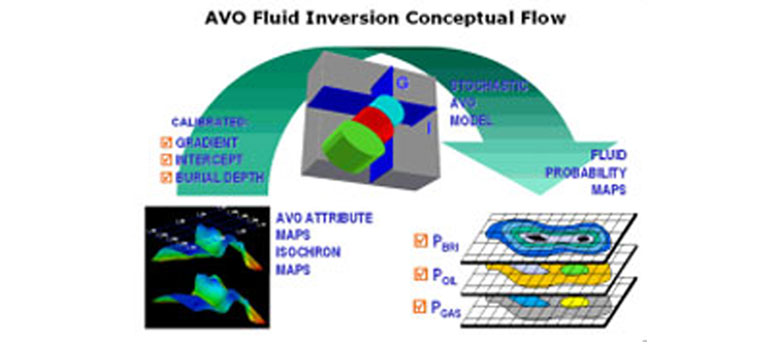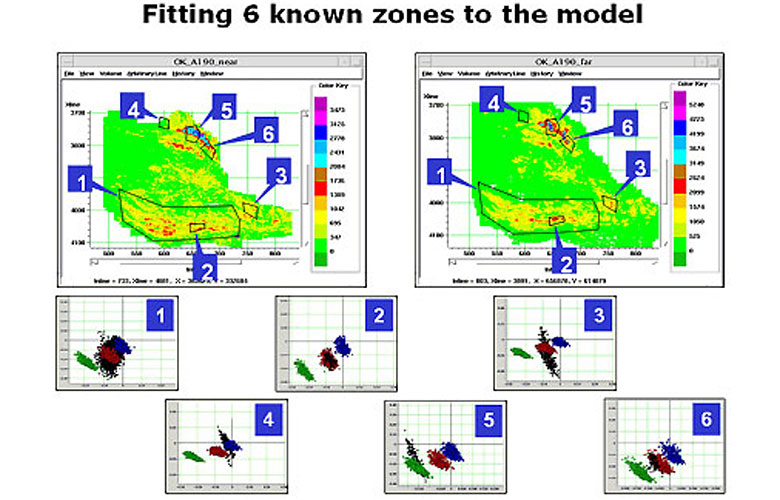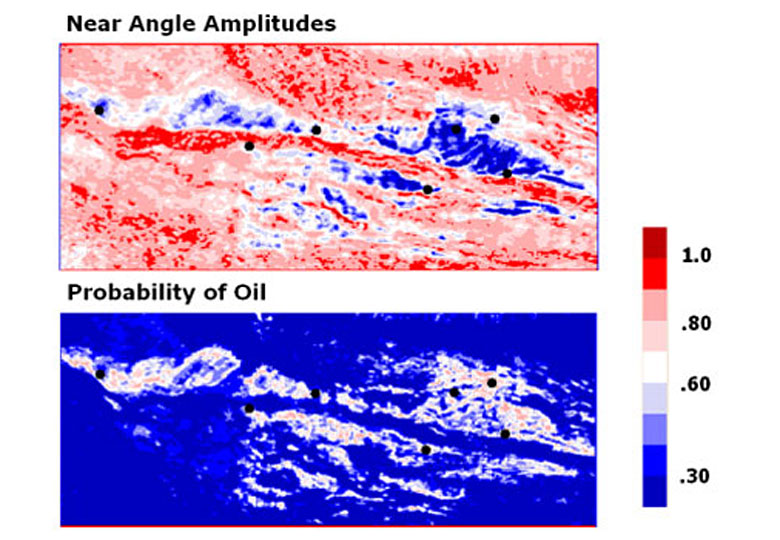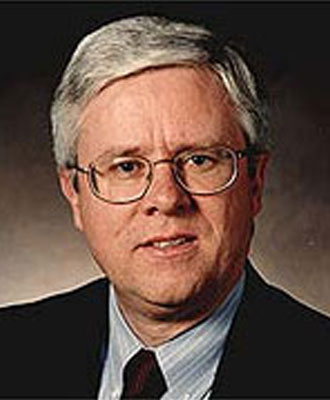Abstract
AVO analysis has become a basic and accepted tool for both exploration and production. In this regard, it has come a long way from the early days when acceptance of the method oscillated wildly between excessive expectations and total rejection. Probably the biggest change that has come about is that geophysicists now realize that AVO is just one tool in the tool-box, providing a small but important addition to our knowledge of the prospect or reservoir. Predictions from AVO, as with all geophysical predictions, are really probability statements. When we see an AVO anomaly, we shouldn't say "AVO shows there is gas here."We should say: "AVO (and other factors) say there is probably gas here."In fact, it would be very nice if we could attach a believable numerical value to that probability. This paper describes a step in that direction.



Biography
Dan Hampson is president and co-owner of Hampson-Russell Software Services Ltd., and director of research and programming. His academic training includes a B.Sc. in physics from Loyola College in Montreal in 1971, an M.Sc in theoretical physics from McMaster University in 1973 and an MBA from the University of Calgary in 1993. He has worked for Veritas Seismic Ltd. in Calgary, Phillips Petroleum in Houston, and Veritas Software Ltd. in Calgary, where he was vice president of research. Dan is the originator of several innovative ideas in the field of seismic processing, including the Generalized Linear Inverse approach to refraction statics analysis and the Parabolic Radon Transform noise and multiple attenuation algorithm. He has published numerous articles on these techniques, and in both 1981 and 1987, received the best paper award for papers delivered at the CSEG convention. Dan has been extremely active in the Canadian SEG and served as president for the 1996/97 term.





